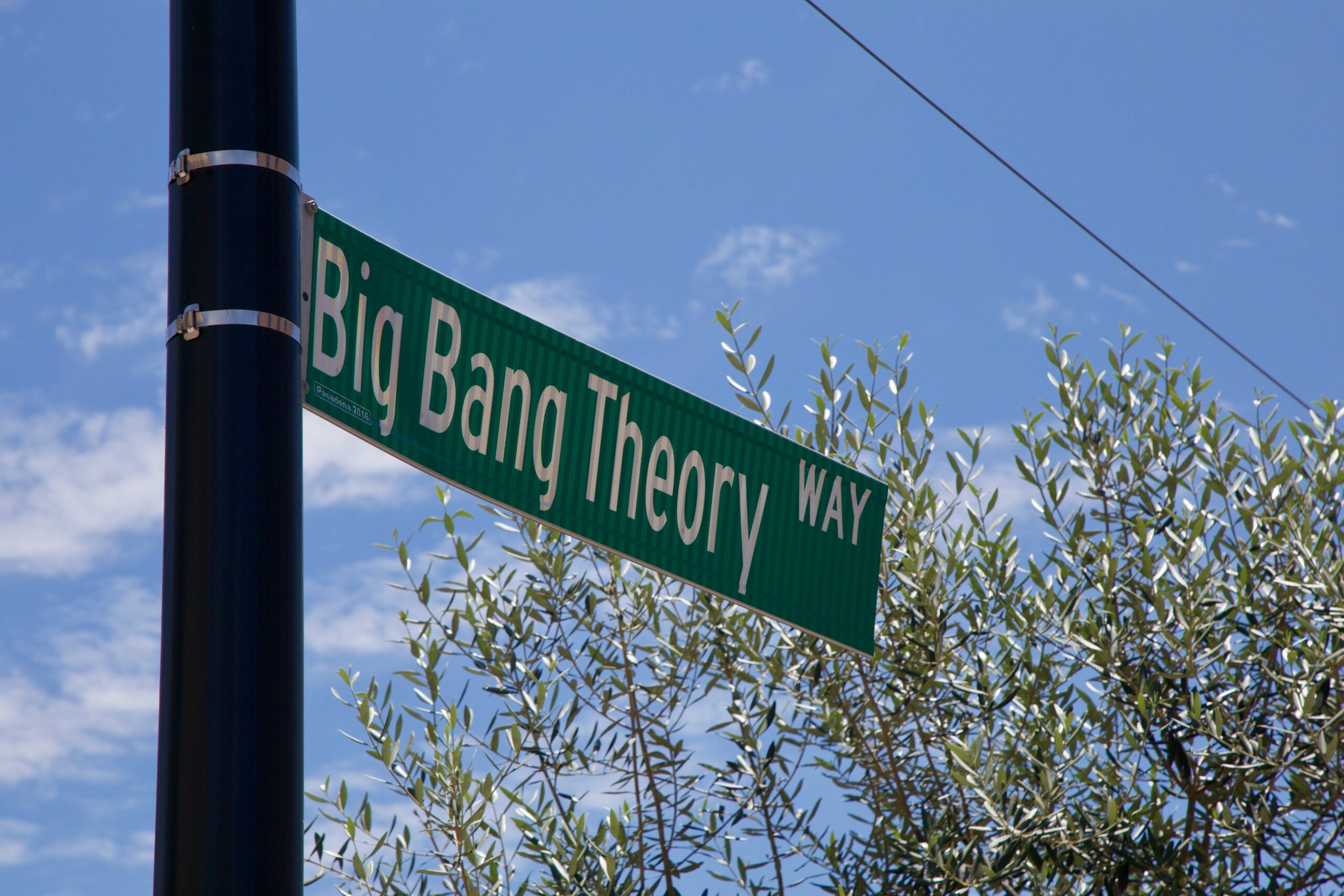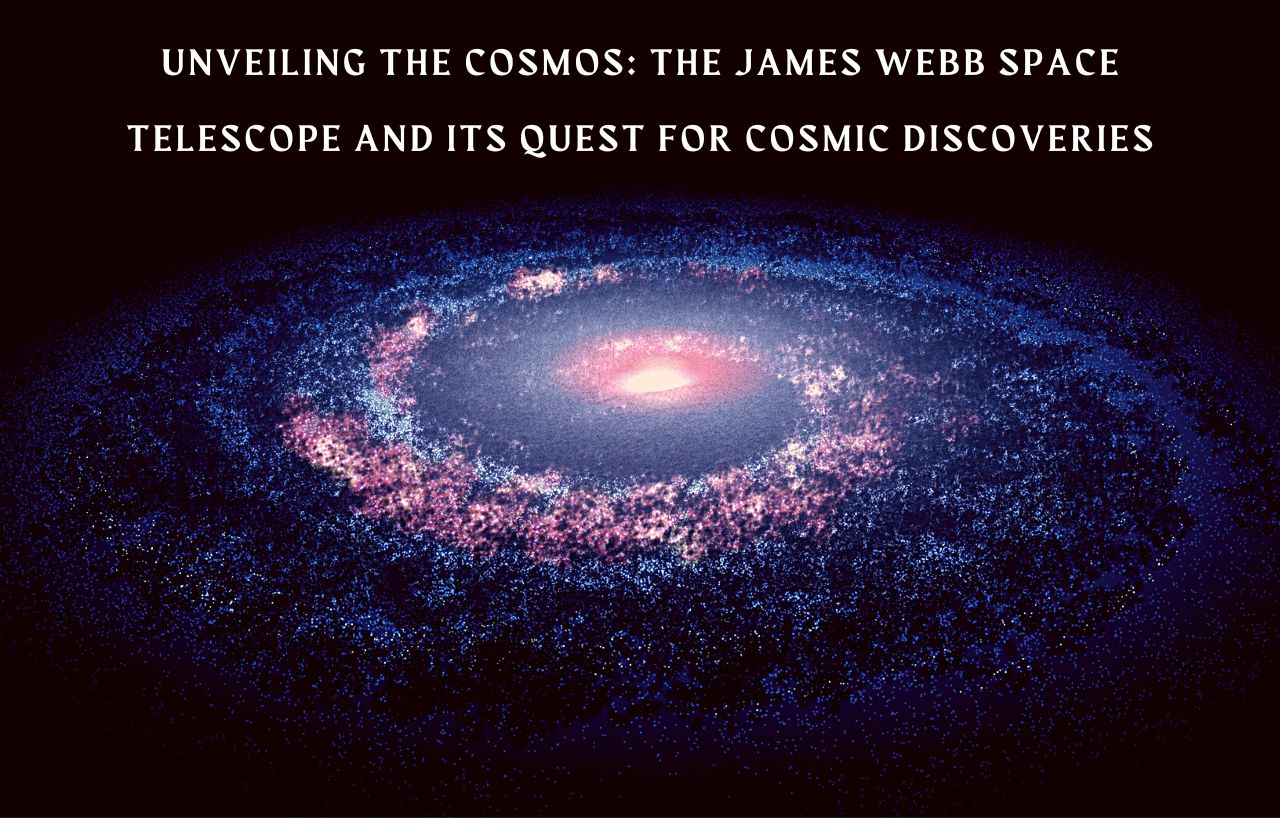In the vast expanse of the universe, a phenomenon exists that defies conventional understanding and challenges the limits of our knowledge – the enigmatic black hole. Black holes are some of the most intriguing and mysterious objects in the cosmos, captivating the imagination of scientists, astronomers, and enthusiasts alike. In this article, we delve into the concept of black holes, exploring their nature, formation, and the ongoing quest to comprehend these cosmic enigmas.
Defying Gravity: The Essence of Black Holes
A black hole is a region of space where gravity is so immensely strong that nothing, not even light, can escape its gravitational pull. This intense gravitational field is a result of the collapse of a massive star, which occurs at the end of its life cycle. When the core of a massive star runs out of fuel, it collapses under its own gravity, forming a singularity – a point of infinite density at the heart of a black hole.
Structure and Components
The structure of a black hole is characterized by its three main components: the singularity, the event horizon, and the accretion disk. The singularity, as mentioned, is an infinitely dense point where the laws of physics break down. The event horizon, on the other hand, is the boundary beyond which nothing can escape the black hole’s gravitational grasp. Anything that crosses this boundary is deemed to be irreversibly trapped. The accretion disk is a swirling disk of gas and dust that orbits the black hole, emitting intense radiation as it spirals inward.
Black Hole Formation
Black holes can form through various scenarios. The most common is when a massive star exhausts its nuclear fuel and undergoes a supernova explosion. If the core’s mass exceeds a critical limit, it collapses into a singularity, creating a black hole. Another formation process involves the merging of two neutron stars or two black holes, which releases gravitational waves – ripples in the fabric of spacetime – that have been detected by advanced observatories.
The Quest for Understanding
The existence of black holes was initially theorized by Albert Einstein’s theory of general relativity, which predicted their formation based on the collapse of massive stars. However, it wasn’t until the discovery of compact objects with extremely strong gravitational fields that the concept gained traction. Observations of stars orbiting invisible companions and X-ray emissions from accretion disks provided indirect evidence for black hole presence.
Scientific Advances and Observations
In recent years, scientific advancements have allowed us to gain deeper insights into black holes. The Event Horizon Telescope captured the first-ever image of the event horizon of the supermassive black hole at the center of the galaxy M87. This groundbreaking achievement provided visual confirmation of the existence of black holes.
Unveiling the Cosmic Mysteries
While the evidence for black holes continues to grow, numerous questions remain unanswered. The nature of the singularity, the mechanisms behind their immense energy emissions, and the potential connections between black holes and other cosmic phenomena are subjects of ongoing research and exploration.
In Conclusion
Black holes, with their awe-inspiring gravitational forces and mind-bending properties, stand as a testament to the complexity and wonder of the universe. As our understanding deepens and technology advances, we inch closer to unraveling the mysteries that these cosmic abysses hold. The study of black holes not only reshapes our comprehension of gravity and spacetime but also ignites our curiosity, reminding us that the cosmos is a vast playground of discovery waiting to be explored.



